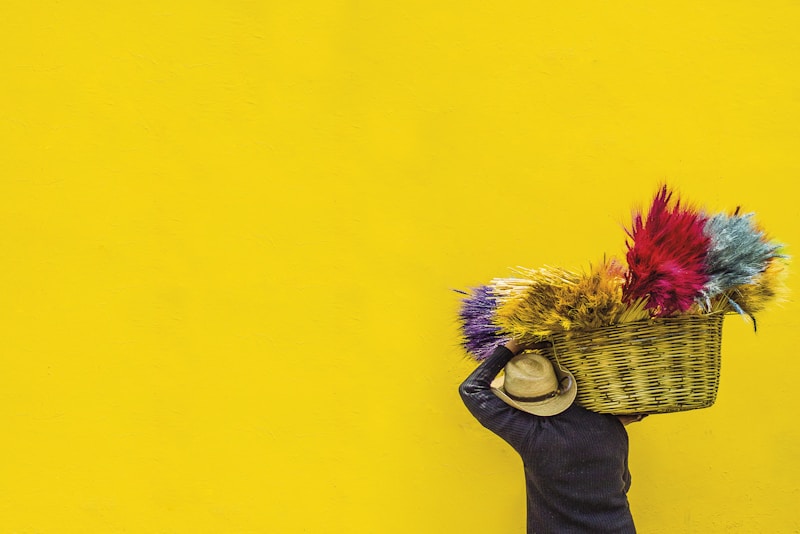Understanding Warm vs. Cool Color Tones: A Comprehensive Guide
Introduction to Color Theory
Color is an essential aspect of design, art, and daily life that influences feelings and moods. One important aspect of color that every designer, artist, or even a casual observer should understand is the concept of warm vs. cool color tones. In this article, we will explore the significance, application, and psychology behind these two color categories, helping you make informed decisions in your creative endeavors.
What Are Warm and Cool Color Tones?
Colors can generally be classified into two main categories: warm and cool tones. Understanding these categories allows you to choose the appropriate color palette for your design projects, art, or interior spaces.
Warm Color Tones
Warm colors include reds, oranges, yellows, and their variations. These colors evoke feelings of energy, warmth, and passion. They are often associated with sunshine, fire, and vibrant emotions. Here are some characteristics of warm color tones:
- Emotional Impact: Warm colors can stimulate feelings of comfort and excitement.
- Visual Weight: They tend to appear closer and dominate the space in a visual hierarchy.
- Common Uses: Warm colors are often used in restaurants, living rooms, and social spaces to encourage interaction and energy.
Cool Color Tones
Cool colors include blues, greens, purples, and their shades. These colors are often identified with nature, water, and tranquility. Here are the key aspects of cool color tones:
- Emotional Impact: Cool colors evoke calmness, relaxation, and serenity.
- Visual Weight: They appear further away and can make a space feel larger.
- Common Uses: Cool colors are frequently used in bedrooms, spas, and other quiet spaces to promote a sense of peace.
Table: Comparison of Warm vs. Cool Color Tones
| Warm Color Tones | Cool Color Tones |
| Red, Orange, Yellow | Blue, Green, Purple |
| Evokes warmth and energy | Evokes calmness and tranquility |
| Appears closer in space | Appears further away in space |
| Common in social spaces | Common in quiet and private spaces |
The Psychology Behind Color Tones
Understanding the psychology of warm and cool colors can help artists and designers convey the right emotions and messages. For instance, using a warm color palette in a marketing campaign can create a sense of urgency and attract attention, while a cool color palette can help communicate reliability and professionalism.
Warm Colors in Psychology
Warm colors are known to stimulate appetite and conversation, which is why they are favored in restaurants and cafes. They can trigger feelings of happiness, excitement, and even aggression. For example, the use of red in advertisements is common as it can quickly capture attention.
Cool Colors in Psychology
Cool colors tend to have a calming effect and can promote productivity, which is why they are frequently used in work environments. Blue, for instance, is often associated with trust and dependability, making it a popular choice for corporate branding.
Choosing the Right Color Tone for Your Project
When selecting a color palette, consider the emotions and responses you want to evoke. Here's how to make an effective choice:
- Purpose: Define the purpose of your project. Is it meant to energize or relax the audience?
- Audience: Analyze your target audience. Different demographics may respond differently to warm vs. cool tones.
- Context: Consider where the colors will be used. Will they be in a physical space, digital design, or branding?
Common Questions About Warm vs. Cool Color Tones
What are some examples of warm colors?
Warm colors include red, orange, yellow, and tones like coral and peach. These colors are commonly used in design to evoke warmth and energy.
Can warm and cool colors be combined?
Yes, combining warm and cool colors can create striking contrasts and visual interest. For instance, pairing a warm red with a cool blue can add depth and complexity to your design.
How do cultural differences impact color perception?
Cultural context plays a significant role in color perception. For example, while white is often associated with purity in Western cultures, it can represent mourning in some Eastern cultures. Understanding these nuances can enhance your color choices for global audiences.

Conclusion
Understanding the differences between warm and cool color tones enhances your ability to create powerful designs, promote specific emotions, and effectively communicate with your audience. Whether you want to evoke energy or tranquility, the right color choices can significantly impact how your work is received. When embarking on your next creative project, remember to assess the emotional tone you wish to convey, consider your audience, and thoughtfully select your color palette. By mastering the concepts of warm vs. cool colors, you can elevate your artistic and design journey to new heights.
Tips to Remember:
- Experiment with color mixing to understand how warm and cool tones can interact.
- Seek feedback on your color choices to see if they resonate with your intended message.
- Keep current trends in mind but prioritize what feels right for your individual style and purpose.